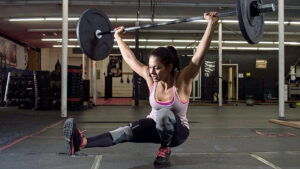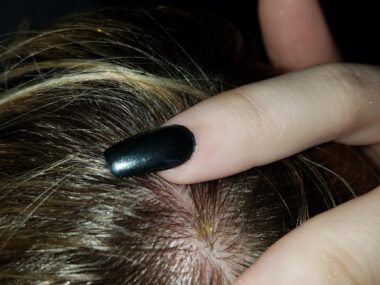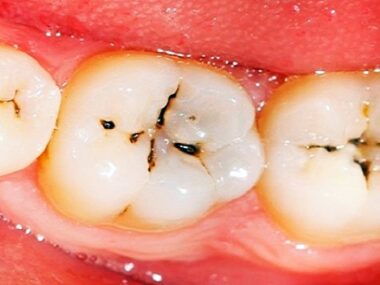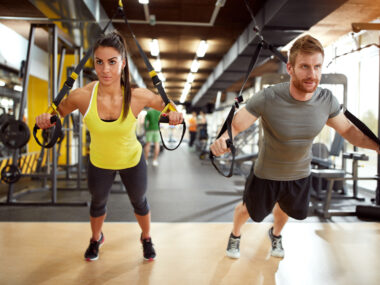Pistol squats, also called one-legged squats, are a difficult and superior lower-body train that requires power, steadiness, and suppleness.
How you can Carry out a Pistol Squat

- Beginning Place:
- Stand on one leg together with your foot pointing ahead. You’ll be able to prolong the opposite leg straight out in entrance of you, retaining it parallel to the bottom.
- Preserve your chest up, shoulders again, and your core engaged for steadiness.
- Execution:
- Slowly decrease your physique by bending your supporting knee whereas retaining your different leg prolonged.
- Attempt to decrease your self as near the bottom as doable, ideally till your thigh is parallel to the bottom.
- Ascent:
- Push by means of your heel and have interaction your quadriceps and glutes to return to a standing place on one leg.
- Steadiness:
- Sustaining steadiness is essential all through the motion. You’ll be able to prolong your arms in entrance of you for counterbalance.
Advantages of Pistol Squats
- Energy Constructing: Pistol squats are a good way to construct power in your quads, hamstrings, and glutes. They’re significantly efficient for creating leg power as a result of they interact one leg at a time.
- Steadiness and Coordination: Performing pistol squats requires a excessive degree of steadiness and coordination. It challenges your proprioceptive talents, which may enhance general steadiness.
- Core Engagement: To keep up steadiness, your core muscle tissues work arduous throughout pistol squats, serving to strengthen your belly muscle tissues and decrease again.
- Practical Energy: Pistol squats mimic real-life actions, making them a purposeful train that may assist with actions resembling climbing stairs or standing up from a seated place.
- Flexibility: The train promotes flexibility in your hips and ankles, which might be useful for general mobility.
- Variation: As soon as you have mastered the fundamental pistol squat, you possibly can add weights, resembling dumbbells or kettlebells, for an added problem.
Suggestions for Performing Pistol Squats
- Begin with assisted pistol squats by holding onto a secure object or utilizing a resistance band for assist.
- Guarantee correct kind to forestall harm, and deal with a sluggish and managed descent and ascent.
- Work in your ankle flexibility as restricted ankle mobility could make pistol squats tougher.
- Step by step improve the depth of your pistol squat as you acquire power and mobility.
Pistol squats are a sophisticated train and should take time to grasp. It is important to start out with the suitable progressions and seek the advice of a health skilled in the event you’re uncertain about your kind. As with all train, it is vital to hearken to your physique and keep away from pushing your self too arduous too shortly.










